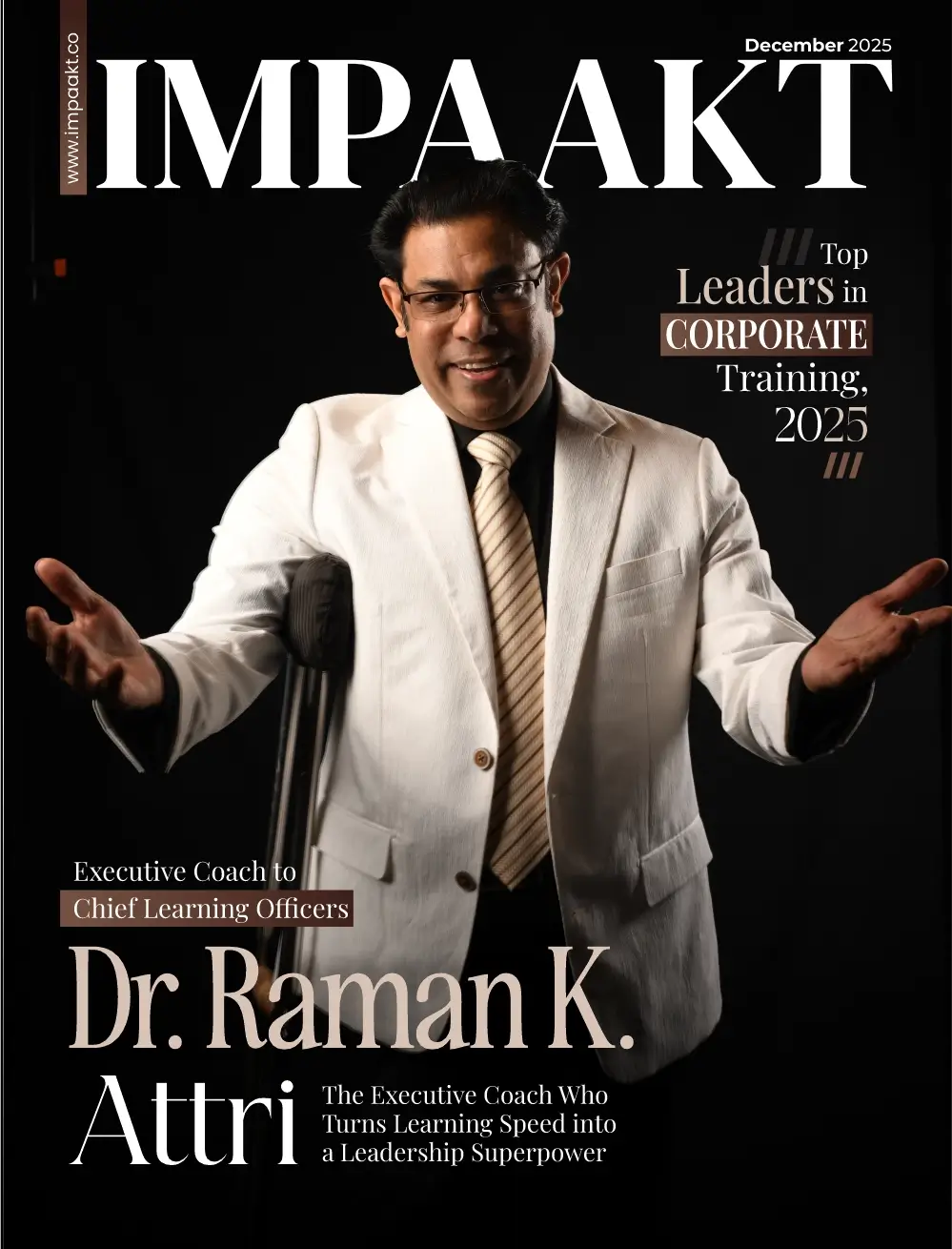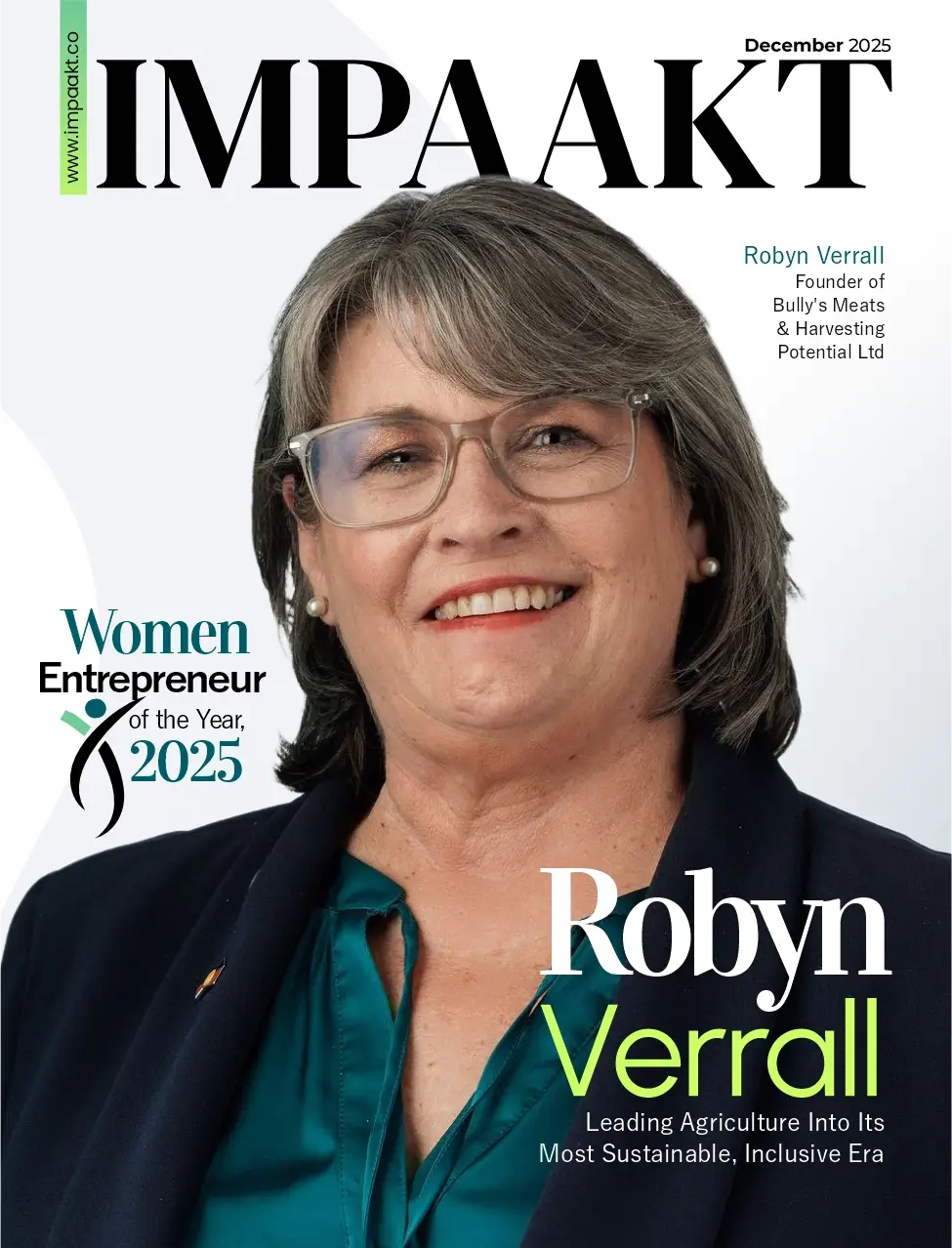60% of employees believe their workplace is biased.
Bias doesn’t always announce itself—it often works behind the scenes, subtly shaping decisions in hiring, promotions, and daily workplace interactions. The impact? Missed opportunities, reduced innovation, and employee disengagement.
As a leader, addressing unconscious bias isn’t just about ethics—it’s about building a more effective, high-performing organization. A truly inclusive work environment attracts top talent, encourages diverse perspectives, and leads to better business results.
This guide provides a deep dive into the most common unconscious biases that might be affecting your workplace. More importantly, it offers actionable strategies to help you create a more inclusive work environment.
Let’s explore how you can ensure Unconscious bias doesn’t hinder your organization’s success.
1. Attribution Bias: The Assumptions We Make
What It Is: Attribution bias occurs when we judge a person’s behavior based on preconceived notions rather than their actual circumstances or qualifications.
Example: A hiring manager might assume that a candidate arriving late to an interview is careless or disorganized, without considering external factors that may have contributed to the delay.
How to Overcome It:
- Instead of making assumptions, ask clarifying questions to understand the situation.
- Recognize that interview anxiety can impact a candidate’s performance—stuttering or mispronunciations do not necessarily indicate a lack of competence.
- Foster a culture of curiosity, where decisions are based on complete information rather than initial impressions.
2. Authority Bias: Valuing Titles Over Ideas
What It Is: Authority bias occurs when employees or decision-makers automatically assume that ideas from senior leaders or industry experts are superior, without objectively evaluating their merit.
Example: An innovative suggestion from a junior employee may be overlooked, while a similar idea from a senior leader gains immediate acceptance.
How to Overcome It:
- Encourage an open feedback culture where employees feel comfortable contributing ideas.
- Implement anonymous idea submissions or brainstorming sessions to ensure all voices are heard.
- Establish a structured decision-making process that evaluates ideas based on their impact rather than the seniority of the person presenting them.
3. Beauty Bias: When Appearance Influences Perception
What It Is: Beauty bias leads us to assume that physically attractive individuals are more competent or capable, often resulting in disparities in hiring, promotions, and compensation.
Example: Studies indicate that attractive individuals can earn up to 15% more than their less conventionally attractive peers, despite having comparable qualifications.
How to Overcome It:
- Standardize recruitment processes to focus on skills and experience rather than subjective impressions.
- Utilize phone interviews for initial screenings to remove visual bias from the early hiring stages.
- Leverage AI-driven hiring tools that assess candidates based on merit and skills rather than personal appearance.
4. Confirmation Bias: Seeking Evidence That Confirms Our Beliefs
What It Is: Confirmation bias causes individuals to selectively seek and interpret information in a way that supports their pre-existing beliefs, potentially leading to flawed decision-making.
Example: A hiring manager who believes a candidate from a non-traditional background may not be a good fit might unconsciously focus on details that confirm this bias while overlooking their strong qualifications.
How to Overcome It:
- Implement structured, skill-based interviews that provide all candidates with equal opportunities to demonstrate their abilities.
- Train hiring managers to recognize and counteract their own biases.
- Encourage diverse hiring panels to ensure multiple perspectives in the selection process.
5. Gender Bias: The Barriers to Equal Opportunity
What It Is: Gender bias leads to disparities in hiring, promotions, and compensation, often resulting in fewer women and underrepresented genders reaching leadership positions.
Example: Women hold only 25% of C-suite positions globally, despite being equally qualified for executive roles.
How to Overcome It:
- Utilize blind résumé reviews that remove identifying details such as names and personal interests.
- Establish diversity hiring goals to ensure fair recruitment and promotion practices.
- Conduct regular pay equity audits to identify and address disparities in compensation.
6. The Halo Effect: Overestimating Someone’s Abilities Based on One Trait
What It Is: The halo effect occurs when a single positive characteristic leads to an overly favorable assessment of an individual’s overall abilities.
Example: A candidate with a prestigious Ivy League degree may be perceived as highly competent, even if their experience and skills do not align with the role.
How to Overcome It:
- Evaluate candidates based on a comprehensive set of criteria rather than a single standout trait.
- Compare applicants holistically, considering their experience, skills, and potential rather than focusing on one impressive detail.
- Implement structured assessment rubrics to ensure fair and balanced evaluations.
7. The Horn Effect: When One Negative Trait Overshadows Everything Else
What It Is: The horn effect is the opposite of the halo effect—one negative characteristic disproportionately impacts our overall perception of a person.
Example: A candidate who struggles with a single interview question may be unfairly judged as unqualified, despite having strong experience and skills.
How to Overcome It:
- Identify whether a negative impression is based on a single factor rather than a pattern of behavior.
- Gather feedback from multiple evaluators to ensure a well-rounded assessment.
- Use structured debriefing sessions to discuss each candidate’s strengths and areas for development.
8. Affinity Bias: Favoring Similarities Over Diversity
What It Is: Affinity bias occurs when we unconsciously favor individuals who share similar backgrounds, interests, or characteristics with us.
Example: A hiring manager may feel an immediate connection with a candidate who attended the same university, leading to an unintentional preference.
How to Overcome It:
- Actively recognize when personal similarities may be influencing hiring decisions.
- Focus on selecting candidates who bring diverse perspectives and experiences to the team.
- Implement structured evaluation criteria to ensure fair assessments.
Creating an Inclusive Workplace: Moving Beyond Awareness
Recognizing unconscious bias is the first step, but real change requires action. Leaders can foster an inclusive work environment by:
Investing in Unconscious Bias Training: Regular training sessions for decision-makers can help raise awareness and encourage behavioral change.
Standardizing Hiring and Promotion Processes: Structured evaluation criteria ensure fairness and objectivity.
Encouraging Diverse Hiring Panels: Multiple perspectives help reduce bias and lead to better decision-making.
Tracking and Measuring Inclusion Efforts: Regular audits and feedback loops can help organizations identify areas for improvement and measure progress.
Final Thought: Inclusion Drives Innovation
Unconscious bias can limit potential and create unnecessary barriers to success. By actively identifying and mitigating these biases, organizations can create an inclusive work environment where merit and talent are the primary drivers of success.
Want more insights on DEI strategy, diversity and inclusion strategies, and overcoming unconscious bias? IMPAAKT shares the latest trends and best practices. Follow us to stay ahead of the curve!











